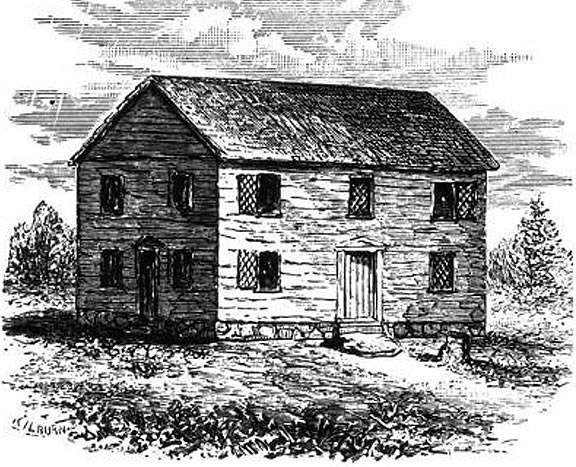Religion was a central part of the lives of most colonists. Most villages and cities had churches or meetinghouses. Houses of worship varied depending on location in the colonies.
In New England, the Puritan population practiced religion in meetinghouses - multi-purpose buildings that served not only as houses of worship, but for political and social functions as well. Puritans practiced a “pure” form of Christianity and followed strict rules that governed their lives. Puritans were generally intolerant of other religion groups, or of “radicals” who spoke out against their ways. In the middle colonies, different religious groups practiced in different establishments. Religious diversity was highest here, and there were practicing populations of Quakers, Roman Catholics, Protestants, Catholics, Lutherans, Jews, and others. People in the southern colonies practiced their religions in traditional looking religious establishments. While most citizens belonged to the Church of England, there were different sects of Christianity such as Anglicans and Baptists.
Gradually, however, the direct affect of religion on politics and government began to fade in the colonies as the number of religious groups and their populations increased. By the time the Constitution was written, the separation between church and state had been completed. |
